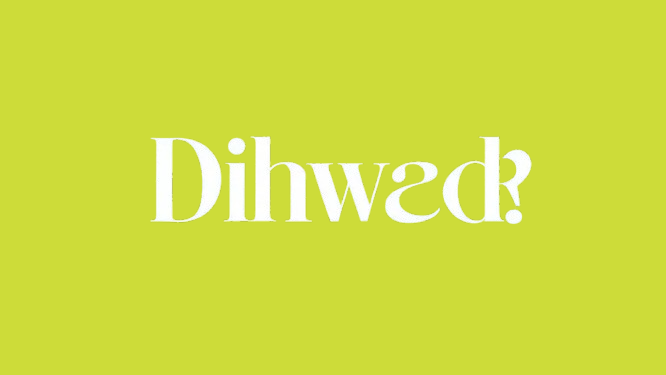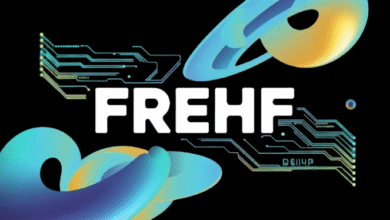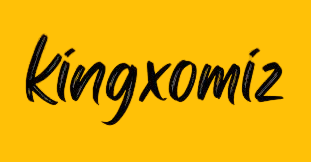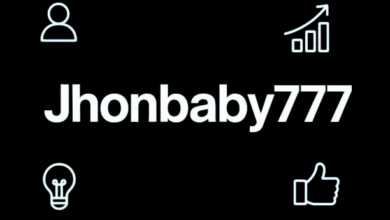Dihward: The Revolutionary Brand Redefining Digital Creativity and Modern Innovation

In a rapidly shifting digital age, brands that succeed are those that combine vision, ethics, adaptability, and creative expression. Enter Dihward — a rising name that is positioning itself as a revolutionary brand redefining how we think about digital creativity, innovation, and ethical growth. In this article, we’ll unpack who Dihward is, what it stands for, how it works, and why it matters.
The Emergence of Dihward
Dihward is increasingly being presented as more than just a name—it is an evolving brand and philosophy that merges digital identity, innovation, and ethical grounding. Initially referenced in emerging brand and tech commentary, Dihward is discussed as a unified platform or mindset that integrates cloud, AI, cybersecurity, creative systems, and branding under a single conceptual umbrella. (Based on multiple brand analyses)
This emergence comes at a time when businesses and creators demand unified tools rather than fractured stacks of solutions. Dihward offers to fill that gap by blending creative expression with operational coherence.
Core Philosophy: Innovation with Integrity
At its heart, Dihward is built around ethical adaptability. It aims to uphold core values while evolving in response to changing digital landscapes. It isn’t innovation for innovation’s sake, but innovation grounded in integrity, purpose, and human-centric design.
Its guiding principles, often cited in commentary, include: resilience (the ability to persist through change), structured flexibility (allowing change without chaos), moral accountability (ensuring systems remain aligned with values), and synergy (integrating components to amplify value).
How Dihward Functions as a Brand & Ecosystem
Dihward works on two parallel planes: as a brand identity and as a digital ecosystem.
- As a brand, Dihward’s unique phonetic profile and conceptual depth make it memorable and flexible. It is non-generic, which offers strong branding and SEO potential in a low-competition space.
- As an ecosystem or platform, Dihward is proposed to merge digital identity, cloud infrastructure, security, and marketing tools into a coherent system. In this model, features like identity verification, AI analytics, modular services, and creative tools all connect seamlessly under the Dihward umbrella.
This dual nature is part of what enables Dihward to appeal to tech entrepreneurs, creative professionals, and ethically minded enterprises.
Technological Pillars of Dihward
To support its promise, Dihward leans on several key technological pillars:
- Cloud Infrastructure & Scalability: Ensuring capacity, elasticity, and access across devices.
- AI & Analytics: Driving intelligent automation, personalization, predictive insights, and decision support.
- Cybersecurity & Identity Management: Protecting data, enabling secure digital identities, and mitigating risk.
- Modular Integration: Allowing services to be turned on or off, interchanged, or upgraded without system-wide overhaul.
- Creative & Interface Tools: Providing user interfaces, visual systems, and media tools integrated into the platform so creators can build fluid experiences.
By combining these components, Dihward aims to shorten the gap between technical infrastructure and creative output.
Use Cases: Where Dihward Adds Value
Dihward’s vision shines brightest in concrete applications. Some promising use cases include:
- Digital Identity & Verification: Simplifying onboarding, KYC, and cross-platform identity using biometrics, cryptography, or decentralized models.
- Creative Studios & Agencies: A unified workspace where design, analytics, deployment, and audience feedback converge.
- Startups & SMBs: Organizations can adopt Dihward as a one-stop digital stack, reducing vendor overhead and integration cost.
- Marketing & Growth Platforms: Campaigns that draw data from security and identity systems to personalize outreach and measure outcomes more holistically.
- Ethical Tech / Social Impact Projects: Teams focused on value-driven innovations can use Dihward as a conceptual foundation to maintain ethics while scaling.
These use cases reflect Dihward’s aim: to reduce friction, unify processes, and elevate creative and strategic decision-making.
Benefits of Choosing Dihward
Adopting Dihward (or its principles) can provide multiple advantages:
- Simplicity & Unity: Fewer disparate systems, less integration overhead, streamlined workflows.
- Stronger Branding: The distinctness of “Dihward” supports more apparent differentiation and SEO potential.
- Ethical Guardrails: Built-in principles help prevent drift into unintended or exploitative practices.
- Scalable Creativity: Tools and infrastructure evolve with the user, supporting continuous innovation.
- Cost Efficiency: Consolidated tools and integrated services reduce redundant subscriptions and development effort.
- Trust & Transparency: A brand grounded in value and openness can build deeper relationships with users and audiences.
Challenges & Considerations
Of course, no concept is without obstacles. Dihward faces several key challenges:
- Ambiguity in Definition: Since it is nascent, its meaning varies across sources, which may lead to confusion during adoption.
- Initial Investment & Integration: Building or shifting into a Dihward-style ecosystem requires resources, planning, and change management.
- Cultural Resistance: Teams that are comfortable with their existing tools may resist unification under a new system.
- Technical Depth Required: To deliver on its promise, the platform must be robust across security, AI, and identity, which demands high expertise.
- Brand Perception: As a relatively new term, Dihward must overcome skepticism and clearly communicate its value to diverse stakeholders.
Mitigating these challenges requires clear messaging, pilot projects, education, and a phased adoption approach.
The Branding Power of “Dihward”
A key strategic advantage lies in the brand name itself. Because Dihward is rare and distinctive, it offers strong memorability, domain potential, and SEO advantages. Early adopters using it in titles, domains, or product names may more easily rank or stand out in the digital space.
Furthermore, “Dihward” carries symbolic weight, evoking guardianship (via “ward”) and core strength (via “Dih”), which together suggest a resilient, value-anchored identity—exactly the imagery a forward-looking brand desires.
How to Begin with Dihward Thinking
You don’t have to wait for the whole ecosystem to exist. Here’s how individuals or small teams can begin:
- Define Core Values: Decide what principles you will never compromise.
- Map Your Stack: Review your tools and see which ones align or conflict with those values.
- Consolidate Modules: Begin by integrating two or three systems under a consistent governance framework.
- Prototype Identity Systems: Build minimal identity or verification features that you control.
- Iterate & Educate: Collect feedback, share your philosophy, and gradually evolve your processes.
Even a miniature version of Dihward thinking—prioritizing alignment, integration, and clarity—can produce outsized benefits.
The Future Outlook for Dihward
As the digital world becomes more complex and fragmented, the demand for unified, ethical, creative platforms is likely to grow. Over time, Dihward may evolve from concept to infrastructure, encompassing brand ecosystems, compliance modules, identity protocols, and innovative frameworks bearing the Dihward label.
We may see Dihward-based communities, open APIs, training programs, and developer ecosystems emerge. As trust, transparency, and human-centered innovation become more critical, Dihward could become a reference point for how to build thoughtfully in the digital future.
Conclusion
Dihward isn’t just a trendy name—it is a bold proposition: a brand, a philosophy, and a potential platform that redefines digital creativity and modern innovation under an ethical, integrated vision. Its combination of distinct branding, technical ambition, and value-based grounding makes it a compelling idea to watch and adopt.



